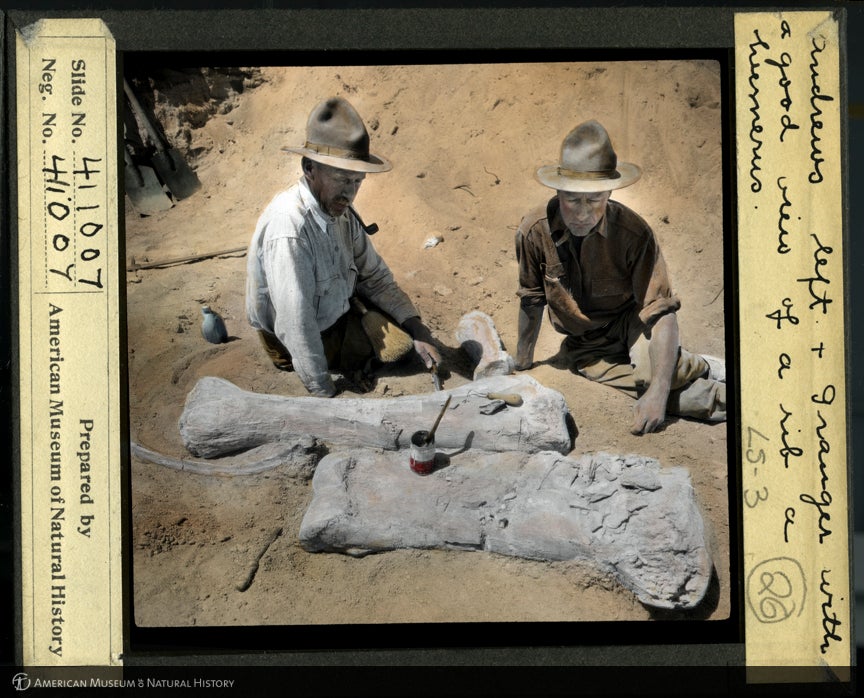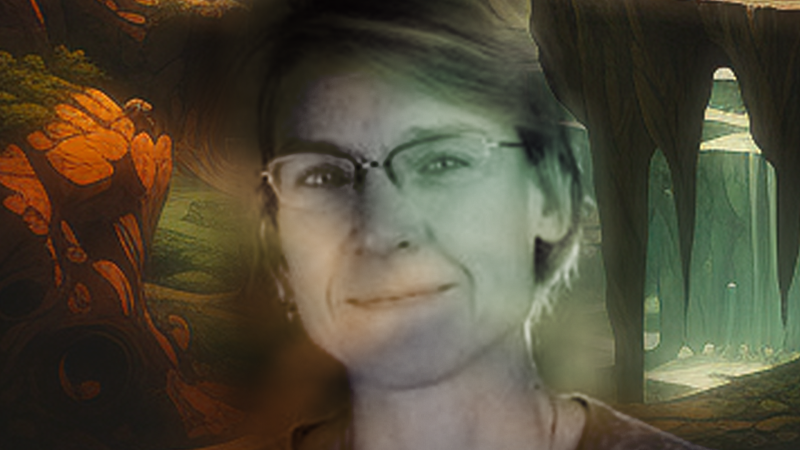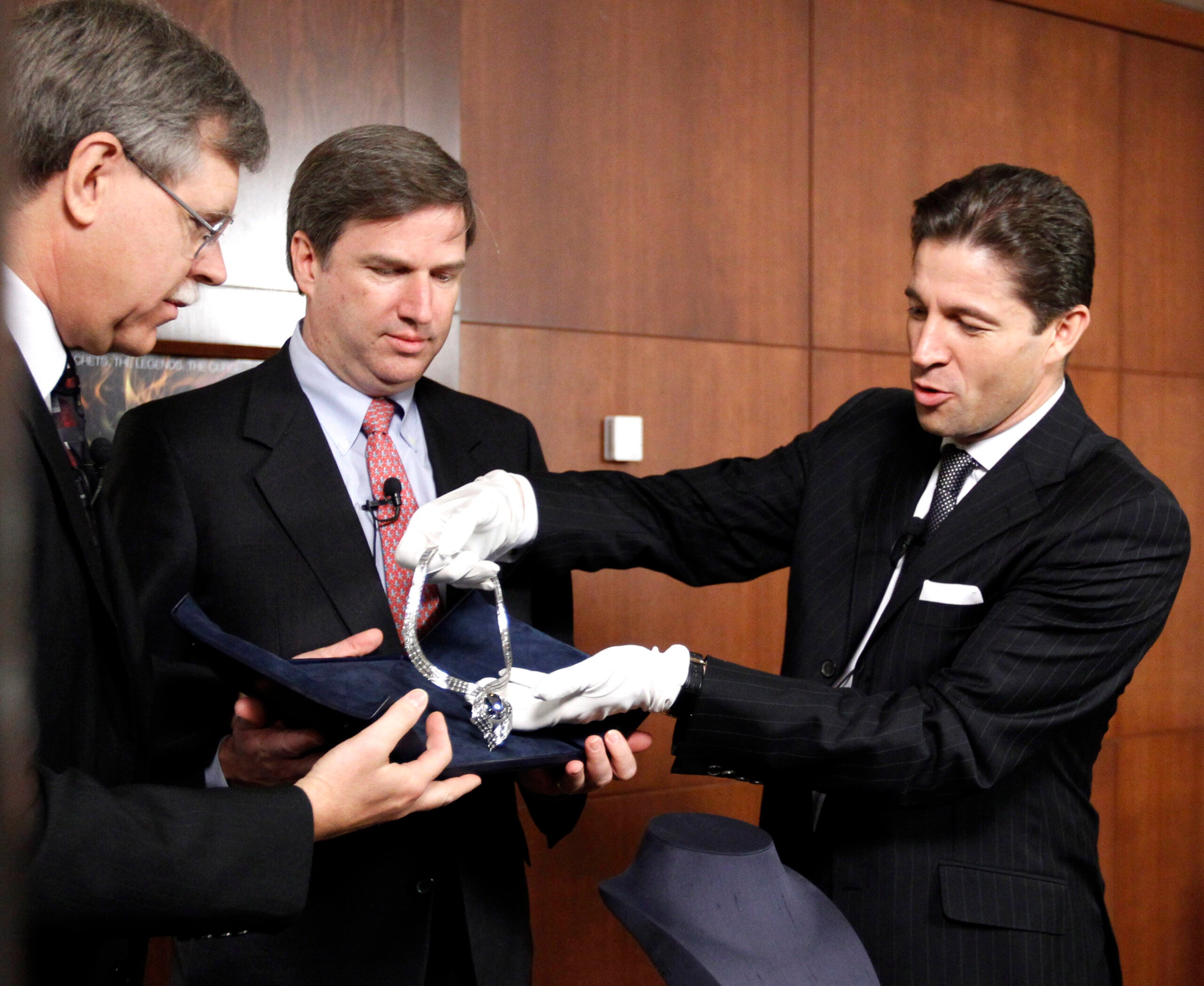In the above image, Wisconsin’s Roy Chapman Andrews, left, examines a rib and humerus on his third expedition to Mongolia in the 1920s.
Last week, the world’s biggest dinosaur skeleton went on display at the American Museum of Natural History in New York, the organization where Andrews spent his entire career. With Andrews’ birthday this week, it seemed only right to call attention to one of the world’s greatest dinosaur hunters and the man responsible for helping to build the museum’s collection.
Andrews was born Jan. 26, 1884 in Beloit. After graduating from Beloit College (with an English degree), he went to New York City in 1906 and got a job at the American Museum of Natural History.
Stay informed on the latest news
Sign up for WPR’s email newsletter.
He soon led scientific expeditions for the museum, including historic trips to central Asia where he uncovered some of the richest dinosaur fossil sites in the world. His expeditions in Mongolia’s Gobi Desert led to the discovery of the first nests of dinosaur eggs, new species of dinosaurs, and the remains of mammals who shared the Earth with dinosaurs. “Protoceratops andrewsi” was the first dinosaur fossil discovered by and named for Andrews in the Gobi in 1923.
Andrews remained in the field in Asia until the early 1930s when political instability in the region coupled with the Great Depression at home forced him to abandon his work.
After he retired as director of the American Museum of Natural History, he wrote books on his career and findings for both adults and children. His book, “All About Dinosaurs,” in particular, stoked enthusiasm for dinosaurs among young readers and inspired new generations of paleontologists.
Wisconsin Public Radio, © Copyright 2024, Board of Regents of the University of Wisconsin System and Wisconsin Educational Communications Board.




